What It’s Like To Be A Film Editor
Other than developing a career as a film editor yourself, one of the best ways to learn what it’s like to be a film editor, is to listen to film editors talk about the art, craft and business of film editing.
In this post I’ve drawn together some excellent resources which provide you with an expansive window into the film editor’s world. My recommendation would be to subscribe to these interview series to stay up to date with the latest gems as they fall from the ether.
That, and sign up to this blog’s free newsletter to get every new post, direct to your inbox, once a week. (Just look this way ––>)
A few other previous post from earlier this year will also give you a great many further insights on the craft of film editing so be sure to open up a few more tabs:
- Resources on the Craft of Film Editing 2018
- Better Editing Through Sound Design
- What a Film Editor Actually Does
- Alt Film School for Film Editors
Film Editor Live Q&A Sessions
Film editor Vashi Nedomansky dispenses his wisdom on the business and craft of film editing in these live-streamed Q&A sessions. There have been three so far, which you can check out in the playlist above.
You can join in with the live-stream by following Vashi on Instagram.
Where do you start, when you have no idea where to start on a sequence?
That’s a huge challenge. Good question.
When I start cutting a scene if I don’t know where to go, I’ll find a moment within the sequence or the scene, that is something that I’m either familiar with, or something that I’ve seen in the footage.
As a film editor you look at all the footage before you start, because you have to have your brain wrapped around all the footage otherwise it’s pointless.
I look through all footage twice before I start editing. Once as a visceral viewer just watching it, and a second time as I make notes; I like that take, I like that performance etc.
But I’ll always find a moment in the sequence that I that I know that I’m comfortable with and I’ll start from there.
The personal quirks of an Editor
If you’re a producer or client sitting on the couch in an edit suite struggling to understand what makes your editor tick, and you’d like a better understanding of how we operate, I hope the following “commandments” will give you some important insights.
Zack Arnold writing for Frame.io’s excellent blog shares his 10 Commandments of Working with Editors, which is mostly aimed at other people understanding the inner world of a film editor.
But still helpful for understanding what it’s like to be a film editor. Here’s a choice quote from number 7: Thou shall not “play around” with our cuts (or touch or stuff.)
Please keep in mind that our edit suite is our habitat. It is our home.
Don’t touch our keyboards.
Please don’t touch our monitors.
And please don’t use our office as your own personal conference room while we do your changes. We don’t pace around your office for an hour making our doctor’s appointments while you try to get work done. We expect the same respect in return.
Art of The Cut – Interviews with Top Editors
This Guy Edits’ Sven Pape chats with editor Steve Hullfish on 10 lessons you can learn from Steve’s on-going series of in depth interviews with highly experienced editors – The Art of The Cut.
Be warned some of the opening clips are from 12 Years a Slave, which you might find NSFW and or inappropriate for younger viewers. The whole interview is a great watch and nicely illustrated with tons of film clips.
Steve has turned the first 50 of his interviews into a superb book – an excellent Christmas gift! – and hopefully there will be a part 2 in book form, as Steve is still smashing out interviews on a regular basis.
HULLFISH: Is it important to you to choose movies that have an opportunity to influence culture and political discussion?
GOLDENBERG: Yes. It’s actually how I felt about most of the last bunch of projects I’ve done. I’m attracted to those sorts of stories — real events that have something to say.
I mean, they’re all really great stories too — Detroit, Zero Dark Thirty, this film (July 22nd), even Imitation Game — I’ve made an effort to steer my career towards those kinds of films.
I said to my wife before I took this film, I can’t run for office. There’s only a limited amount I can do, and to be able to work on movies that have something to say and maybe change a few people’s minds is really important to me so I’ve looked to take on those kinds of films.
Here are some quick links to some of the most recent interviews, but you can browse the full list here, which includes film editors, first assistants and top TV editors.
- William Goldenberg, ACE – 22nd July
- Jay Cassidy, ACE – A Star is Born – Huge amount of detail on the sound work, an epic read!
- Lisa Zeno Churgin – The Old Man and The Gun
- Barry Alexander Brown – BlacKkKlansman
- Tariq Anwar – A Life in Film Editing
I suspect (Director) Bradley (Cooper) learned a lesson from David (O’Russell) who will film exposition that also is covered in other scenes because he’s never sure just where he’s going to need to use that exposition.
That storytelling flexibility proved to be a life-saver during American Hustle. You could have had the plot reveal itself about six different places and that is David’s acquired wisdom because he’s made enough films to know that the script is simply an architectural blueprint. The support beam that goes across HERE, you actually need over THERE.
So Bradley did a bit of that during shooting of A Star is Born. We included them all in the assembly and pulled them out once the whole film was together. – Jay Cassidy, ACE
Edit Fest LA 2018 Full Session Videos
The American Cinema Editors (ACE) YouTube channel is packed with high quality interviews with some of the world’s best editors, including a lot of Hollywood’s most experienced film and TV editors. It’s definitely worth subscribing!
In this interview Richard Chew, ACE is interviewed by Bobbie O’Steen at length in this 90 minute conversation. Richard’s credits include the original Star Wars, The Conversation, Risky Business, I Am Sam, Bobby and many others.
Because Sean Penn is the kind of actor who doesn’t repeat himself, so takes one, two and three could be pretty different; from his intensity to how he’s interacting with the other characters and where he is even physically on the set.
So I didn’t realise that I when I had the opportunity to work on this picture I thought “oh man I just I want to cut a picture with Sean Penn because he’s such a good actor” and little did I realise the kind of handcuffs that are going to be put on an editor once you commit to that.
Because he gives it to you one way and it may be the only time you’re gonna get that and your inter-cutting that with other characters, you’re kind of painted into a corner with what you can use because you can’t repeat it again.
In a live-streamed panel on Women Making the Cut, you can hear from six female editors with regards to their personal experience in the edit suite. The panel is moderated by Margot Nack, Sr. Manager at Adobe, and the panelists include:
- Lillian Benson, ACE – Chicago Med, Maya Angelou: And Still I Rise
- Edie Ichioka, ACE – Toy Story 2, Boxtrolls (who also assisted Walter Murch for many years!)
- Virginia Katz, ACE – Beauty and the Beast, Dreamgirls
- Lynzee Klingman, ACE – One Flew Over the Cuckoo’s Nest, War of the Roses, Little Man Tate
- Terilyn A. Shropshire, ACE – Eve’s Bayou, Beyond the Lights
- Lisa Zeno Churgin, ACE – The Old Man and the Gun, Cider House Rules, Reality Bites
Each of the panelists shares a clip from their work and discusses it, among these I really enjoyed Edie’s excerpt from her own documentary on Walter Murch.
You can read more about Lisa’s work on The Old Man and the Gun in this making of post, and you can hear more from Edie Ichioka in this Avid ‘Making the Cut’ interview.
In this session called The Lean Forward Moment, from Edit Fest LA 2018, Norman Hollyn moderates a trio of editors who have chosen a scene from a film they didn’t edit and why they chose it.
Another distinctive of the panel is that each of the editors mentored each other throughout their careers, and their discussion covers that too.
The panelists are:
- Lynne Willingham, ACE – The X-Files, True Blood, Breaking Bad
- Kelley Dixon, ACE – Breaking Bad, Better Call Saul, The Walking Dead
- Chris McCaleb – Breaking Bad, Better Call Saul, Fear the Walking Dead
Norman also has a book on film editing called The Lean Forward Moment, which you can check out on Amazon’s global stores.
You can check out two more posts with Kelly Dixon here:
This panel is called ‘Game Changers’ because each of the editors cut a movie that ‘broke boundaries’ in the film editing world.
It’s a really diverse panel, with some entertaining anecdotes from the editors, including:
- Jackie Cambas, ACE – Zoot Suit – Directed by Luis Valdez, acknowledged as the founder of modern Chicano theatre and film.
- Robert Leighton – This is Spinal Tap – The first Mocumentary.
- Paul Rubell, ACE – Blade – The first successful modern Marvel movie.
- Stephen Rivkin, ACE – Avatar – The most financially successful film of all time, plus all that CGI.
Invisible Art, Visible Artists 2018
Every year at Oscar time each of the nominated editors get together for a panel discussion called Invisible Art, Visible Artists.
This year was no different, and frequently someone is kind enough to tape it and put it online, this year – rather than the entire event – there seems to be these 17 short nuggets of editing wisdom, in the playlist above.
You can however check out the 2011 IVIA panel in full here, featuring the editors of The Social Network, Black Swan, 127 Hours, The King’s Speech and Fighter.
The panelists from 2018 are:
- Jon Gregory, ACE – Three Billboards Outside Ebbing, Missouri
- Lee Smith, ACE – Dunkirk
- Tatiana Riegel, ACE – I, Tonya
- Sidney Wolinsky, ACE – The Shape of Water
- Jonathan Amos, ACE and Paul Machliss, ACE – Baby Driver
I’ve also pulled out a couple of snippets from Jonathan Amos, ACE and Lee Smith, ACE (below) on breaking into and staying in film editing, from the IVIA 2018 panel.
For more on the editing of Baby Driver, check out this massive making of post, including an interview with Evan Schiff, who cut the original pre-vis.
Twenty more Interviews with Top Editors
It’s also worth mentioning that the American Cinema Editors YouTube channel has twenty half-hour interviews with a huge range of editors, including many of the same editors from the Oscar nominated editors for the same films, including
- Lee Smith, ACE for Interstellar
- Kirk Baxter, ACE for Gone Girl
- Joe Walker, ACE for 12 Years a Slave, Sicario and Arrival
- Stephen Mirrione, ACE for Birdman
- Maryann Brandon, ACE & Mary Jo Markey, ACE for Star Wars: The Force Awakens
- Fred Raskin, ACE for Hateful Eight and many more!
Avid Editors – A Cut Above The Rest
Avid has it’s own on-going series of interviews with some of the world’s best editors and assistants which you can browse your way through here.
They’ve released a few condensed versions of these interviews on their YouTube channel, which I’ve gathered here, but it’s definitely worth checking out the official page for further videos and insights.
I usually end up writing about Joe Walker quite a bit on the blog so be sure to check out these posts as well:
- The Making of Blade Runner: 2049
- The Making of Arrival
- Craft Insights – Editors in Conversation
- Editors in Edit Suites
Eddie Hamilton, ACE also gets a lot of time on this blog as he’s one of those editors who seems to thoroughly enjoy sharing what he knows about editing with as many hungry young cadets as possible.
For more from Eddie Hamilton check out these posts:
- Editing Mission Impossible – Fallout
- Film Editing with a Razer Naga Chroma (including Eddie’s custom set up)
- How to Edit an Action Movie – With a before/after action scene breakdown from Eddie
Editor Martin Walsh, ACE has over 4 decades of experience under is belt, with credits which include; Hackers, Hilary and Jackie, Bridget Jones Diary, Chicago, V for Vendetta, Jack Ryan: Shadow Recruit, Eddie the Eagle, Wonder Woman and many more.
Martin has some interesting insights to share on working on such big budget movies and handling all those VFX shots.
It’s heartening to me as a Brit, just how many local accents are to be heard in these videos and in this post overall!
Eve Doherty shares her own path to success assistant editing on Game of Thrones, who also assisted editor Joe Walker on his most recent film – Widows.
She shares some really interesting insights on the nitty gritty of working on a show as huge as Game of Thrones.
Assistant Editor Patrick Smith has some really impressive credits to his name including; The Pacific, Mad Men (TV series), Zero Dark Thirty, Edge of Tomorrow, The Revenant, Suburbicon and more.
I aspire to be a good editor, and a lot of the good editors I’ve seen around me, they have a knack for finding the truth of a moment.
Beyond everything just touching on story – you always want to be a truthful as possible.
Editor Charlene Short shares how she’s moved from being an assistant editor to being an assembly editor on several hit TV shows.

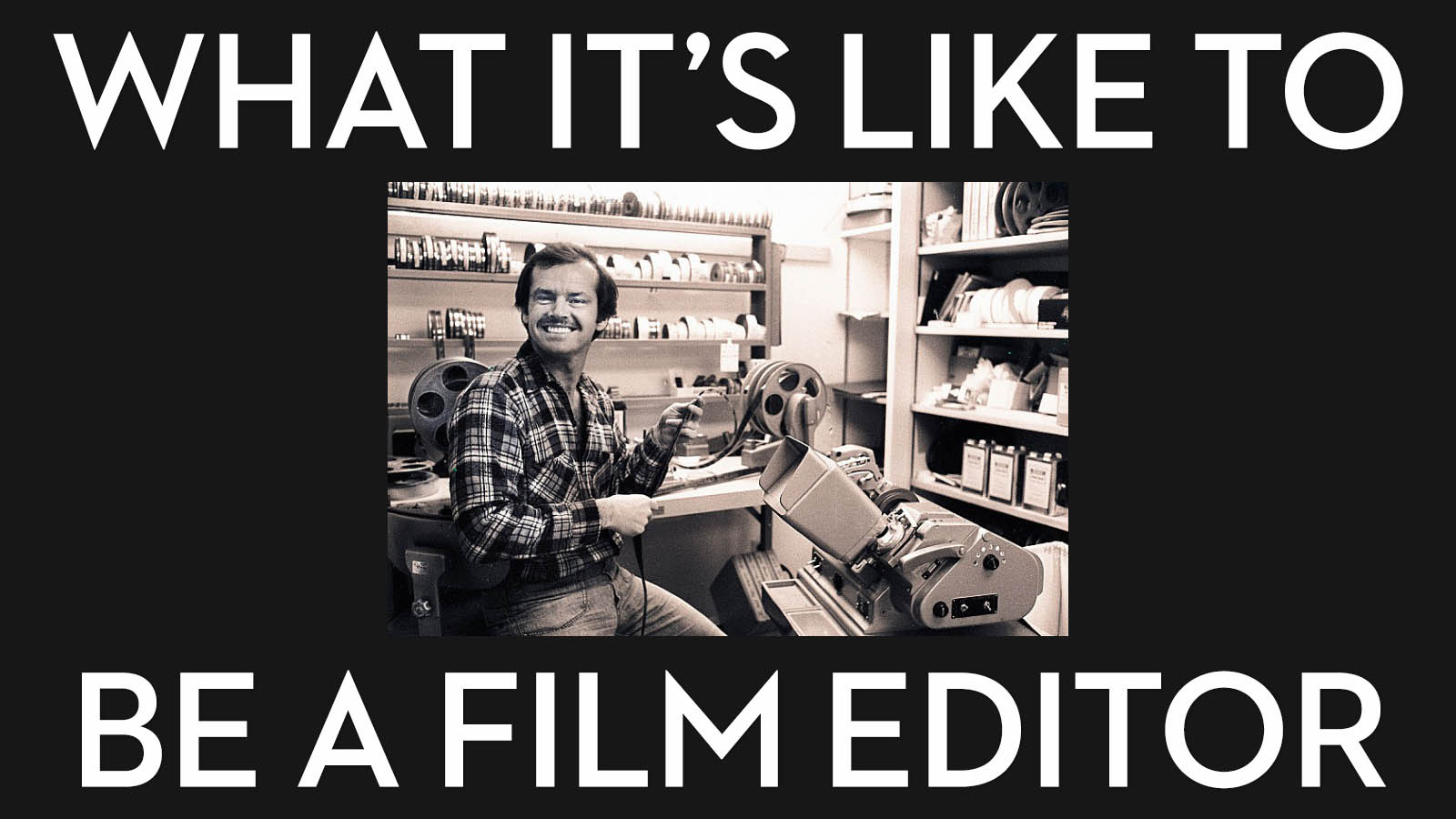
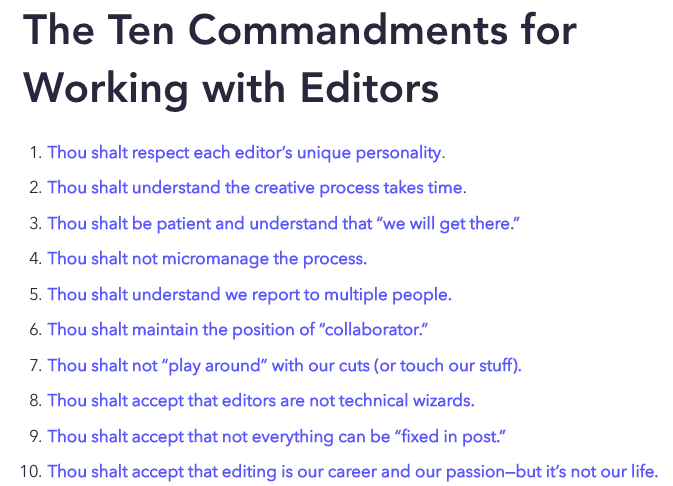
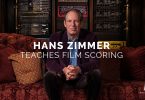
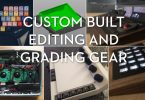
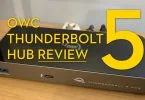
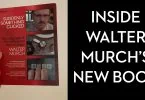
Great article & compilation of amazing videos.